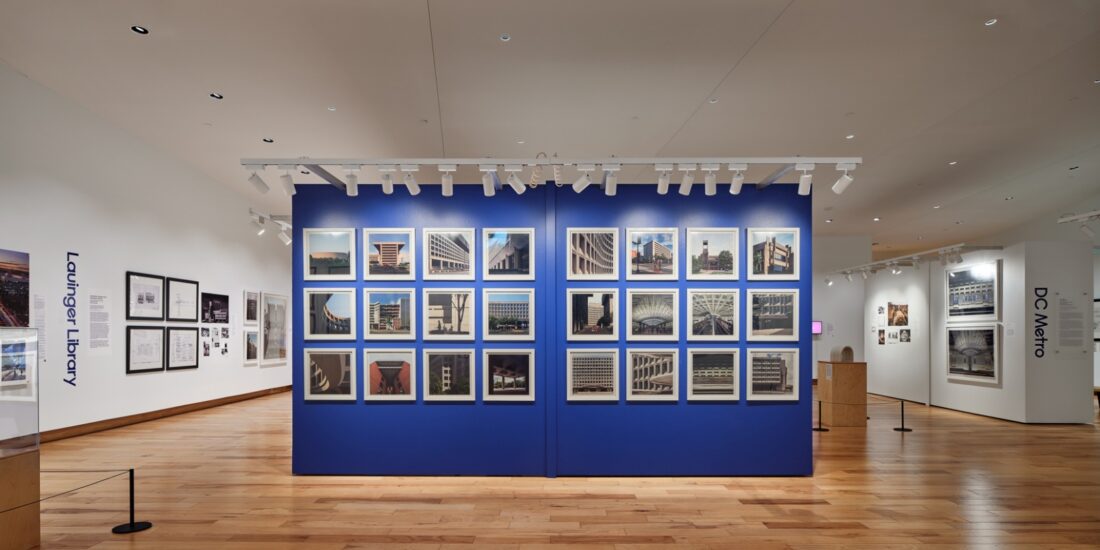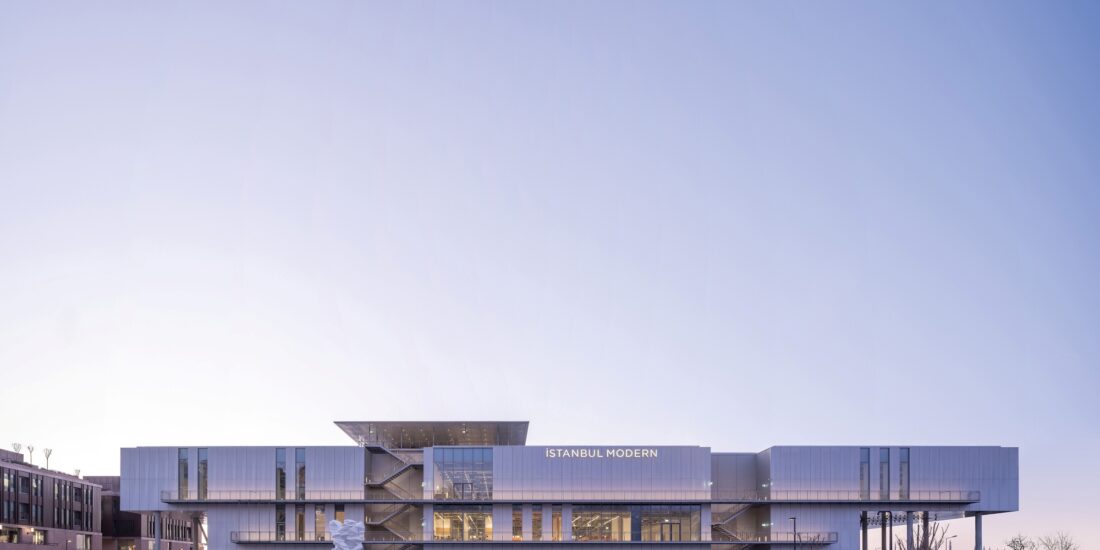Stories of Change at the Indian Pavilion of London Design Biennale
Nisha Mathew Ghosh will curate the Indian Pavilion at the London Design Biennale to be held in June 2021. By Amiya Hisham
 ‘Small is Beautiful. A billion stories’, curated by architect Nisha Mathew Ghosh is the title of the Indian Pavilion at the upcoming London Design Biennale themed ‘Resonance’. It is projected as a “coming together of art, craft, design, music, and technology to reflect resonances and its complexities of IDEAS developed for an ecologically resilient future India.”
‘Small is Beautiful. A billion stories’, curated by architect Nisha Mathew Ghosh is the title of the Indian Pavilion at the upcoming London Design Biennale themed ‘Resonance’. It is projected as a “coming together of art, craft, design, music, and technology to reflect resonances and its complexities of IDEAS developed for an ecologically resilient future India.”
This edition will take place in June 2021, postponed in the wake of Covid-19 Pandemic. India is one of the 50 participant countries that will respond to the call as to ‘How design [can] provide solutions to the major crises of our time’ by Artistic Director of the London Design Biennale, Es Devlin.
Weaving a Vision for Design and Ecology
Ghosh’s response to the brief demonstrates a commendable specificity in its intention: a catalogue of movements against anthropogenic ecological dismantling from the Indian context. It appears her long-term advocacy for sustainable ecological practices, manifested through her various undertakings over the past years, has seasoned well for her proposal.
 In 1996, she founded a reflective practice together with Soumitro Ghosh, threshing out ideas with the rigour of research. Their work, including The Bhopal Gas Tragedy Memorial, The Riverine Front of Oporto Portugal, the pilgrimage route for the Bodhgaya Temple and The Freedom Park has won numerous awards and been published nationally and internationally.
In 1996, she founded a reflective practice together with Soumitro Ghosh, threshing out ideas with the rigour of research. Their work, including The Bhopal Gas Tragedy Memorial, The Riverine Front of Oporto Portugal, the pilgrimage route for the Bodhgaya Temple and The Freedom Park has won numerous awards and been published nationally and internationally.
Her own practice is dedicated to select interests, embedded within the larger practice Mathew and Ghosh. Here, her primary engagement with the built environment refracts through the lens of the key ecological domains: water, forest, earth, and air. This streamlined vision has produced multi-scalar contributions from jewelry design to architectural projects, urban research, planning proposals and art.
In 2017 she co-founded the Mathew and Ghosh Sustainable Creation Care Foundation to create a constructive weave in urban ecology and urban infrastructure – which are unfortunately at odds in most cities. The trust has been a vehicle for initiatives that tie the frayed ends of the large industries to the economically weaker sections of society through skill-building and craft revival. One of its ventures is SUSTAIND, set up in 2006, aimed to reduce textile scraps from becoming landfill material which goes on to pollute the water resources upon disintegration. Retrieved scrap textile is converted to works of art by training artisans. Anah is another venture, a weaving project set up in 2008, engaging disadvantaged individuals in the art of stainless-steel sculpture, drawing on traditional basketry techniques.
 ‘Small is Beautiful. A billion Stories’
‘Small is Beautiful. A billion Stories’
At the India Pavilion, Ghosh is set to map the sustainability drives across ages in India for the first time into a comprehensive picture, an overdue stock-taking, intended to inspire students, stakeholders and innovators positioned to build a resilient India.
The project “makes a plea for and a reference to the power of the Small, the Local and the Connected as a significant alternative to bring a critical mass of ideas that can forge change for 21st century India.”
 The central installation proposed is a winged kinetic structure, at once alluding to the mechanized windmill blade and the traditional Indian Punkha, a hand operated fan. “The structure is entirely made of dyed natural bamboo harvested from the northeastern part of the country (and dyed using natural pigments)” and is cladded with “retrieved textile artworks connected as ‘feathers’ …[thereby] nuancing the idea of WINGS [signifying] ‘flight’, movement, a soaring up, a future.”The pavilion will showcase historical acts of grassroots resistance by communities and individualsagainst failing fronts of urban and environmental sustainability in India. This will include the iconic forest conservation movement “Chipko”, innovations to restore the water ecology of an entire city, and a design project to restore a brownfield site poisoned by the Union Carbide gas tragedy in India, among others.
The central installation proposed is a winged kinetic structure, at once alluding to the mechanized windmill blade and the traditional Indian Punkha, a hand operated fan. “The structure is entirely made of dyed natural bamboo harvested from the northeastern part of the country (and dyed using natural pigments)” and is cladded with “retrieved textile artworks connected as ‘feathers’ …[thereby] nuancing the idea of WINGS [signifying] ‘flight’, movement, a soaring up, a future.”The pavilion will showcase historical acts of grassroots resistance by communities and individualsagainst failing fronts of urban and environmental sustainability in India. This will include the iconic forest conservation movement “Chipko”, innovations to restore the water ecology of an entire city, and a design project to restore a brownfield site poisoned by the Union Carbide gas tragedy in India, among others.
The India Pavilion team has an extended team including advisors’ architect Soumitro Ghosh and design collaborator and bamboo fabricator Sandeep Sangaru. The pavilion will be a forum for hosting events around sustainability, book launches, film screenings bringing the Indian diaspora and its cultural and environmental stakeholders together.




